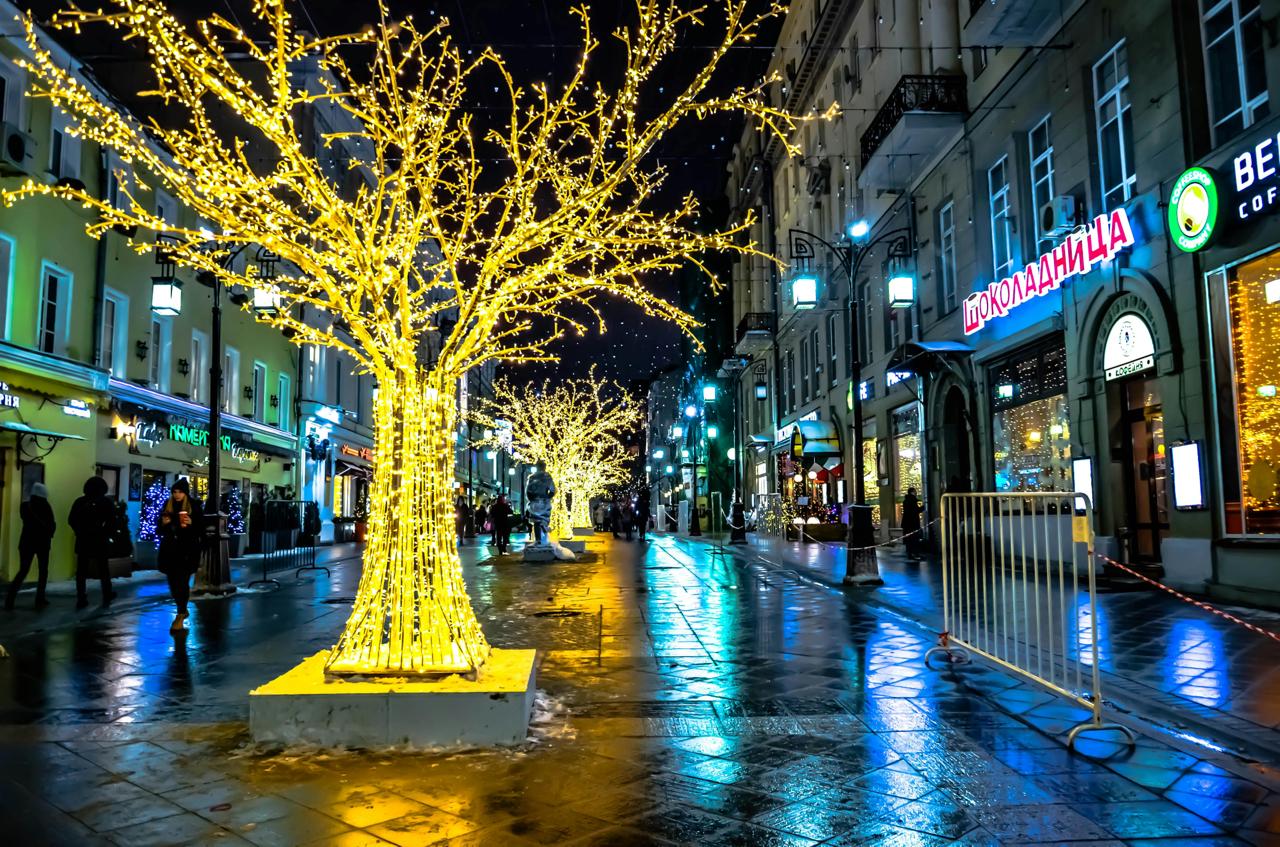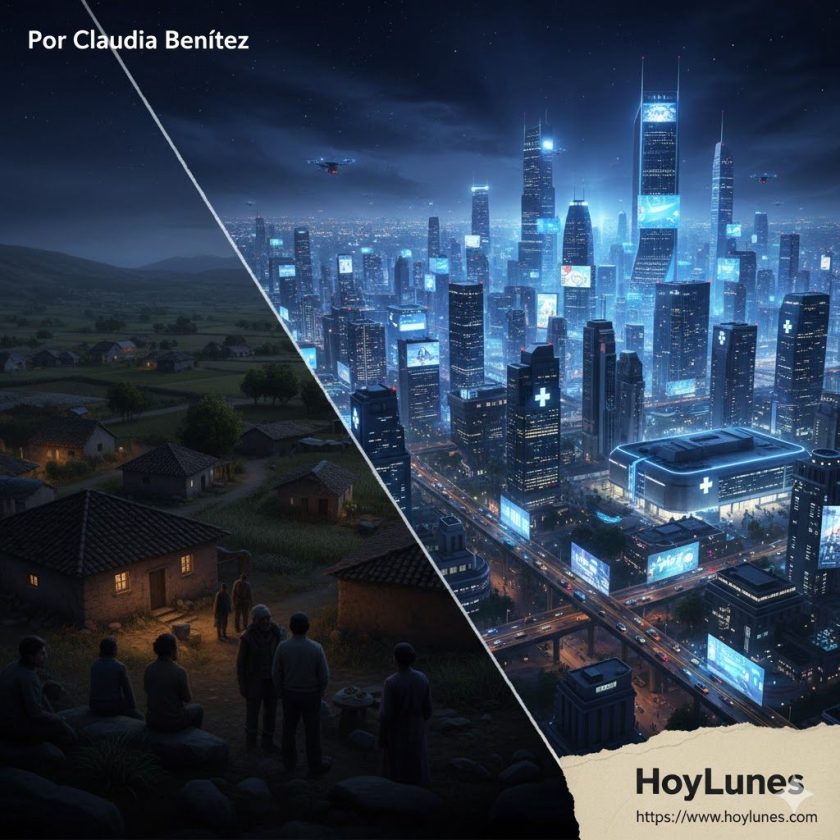How the media transform the Christmas season into an emotional pedagogy—and what we can still salvage from its radiance.
By Claudia Benítez
HoyLunes – Everything shines: shop windows are filled, perfect families show their faces in the streets, hugs look straight out of a catalogue, the same movies and songs are repeated, and the trees do not lose a single leaf.
It is the sea of marmalade in which we sink every year — that uniform sweetness that promises eternal love in exchange for obedience to the script, belonging to a group, and consumption.
We are told that happiness dresses in red, that love is measured in wrappings, that fulfillment fits inside a shopping cart. And we, docile spectators, learn to play our assigned roles — to be radiant hosts, smiling witnesses of the same repeated script, the one that tells us what we “should” be in order to feel complete.

Amid the radiance, the shadow of reality slips in. The guilt of not having, not being able, not fitting into the luminous postcard. The glow of others amplifies our own lack, and the silence of those who do not celebrate becomes a dissonant note the spectacle cannot tolerate.
The media machinery produces not only illusion; loneliness becomes the enemy — it is the time when the melancholy of what we are not fills us with frustration. In that contradiction lies the strength of the device: it not only promises happiness, it also conditions it.
The idyll transforms this season — which begins in November and ends in January — into a sentimental pedagogy. It prepares us psychologically to take part in a celebration that, more than an intimate event, has become a collective staging. The repeated images — the snow, the tree, the kiss under the mistletoe — function as a symbolic language that dictates how we must feel. Difference or sadness, in this context, are failures of the imposed emotional system.
Thus, the media do not only prepare the season: they prepare our minds.
They train us in prefabricated nostalgia, in catalogue joy, in belonging to a common dream that dissolves in January.
In the face of this, perhaps the most radical gesture is to watch the spectacle without fully participating: to turn on the lights, yes, but without forgetting that behind the glow there is also a choreography that teaches us, every year, how we should love and how we should consume.

Perhaps that is why, more than resisting, we need to remember.
To remember that this season is not a set, but a gesture: the glance that meets another without a script, the voice that trembles when saying I miss you, the embrace that needs no filters.
To remember that authenticity doesn’t sell, but it recognizes. And that perhaps the only possible revolution is to turn off the lights for a moment, listen to the silence, and allow the presence of the other—real or imperfect—to take place once again.

Because deep down, what we long for is not the perfection of the commercial, but the warmth of what is shared.
A place where one need not fake joy to be seen.
A place where being oneself becomes enough once again.

#hoylunes, #claudia_benitez



